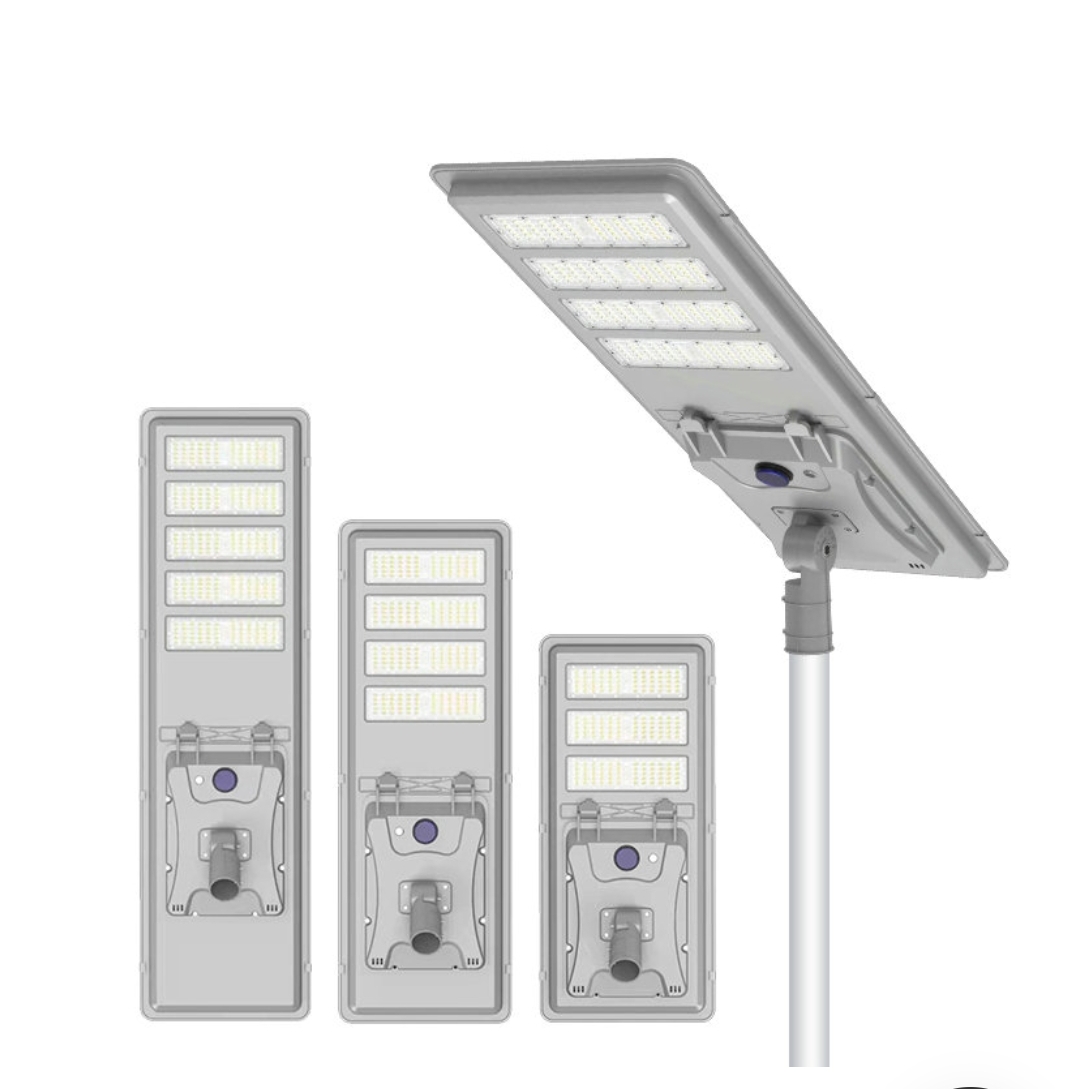The Benefits and Technology Behind Solar Street Lights
2024-02-23
In an era where sustainable solutions are gaining increasing importance, solar street lights have emerged as a beacon of environmentally friendly and energy-efficient urban lighting. These innovative lighting solutions harness the power of the sun to illuminate our streets, offering a multitude of benefits over traditional grid-based street lighting systems.
Harnessing Solar Energy: The Basics
Solar street lights operate by converting sunlight into electrical energy through photovoltaic (PV) panels. These panels, typically mounted on top of the light fixture or nearby poles, capture sunlight during the day. The energy is then stored in batteries, usually lithium-ion or lead-acid, to power the LED lights during the night.
Energy Efficiency and Cost Savings
One of the primary advantages of solar street lights is their energy efficiency. By relying on solar power, these lights significantly reduce dependence on conventional electricity sources. This not only helps to lower energy bills but also contributes to the overall reduction of carbon emissions. The initial investment in solar street lights might be higher, but the long-term savings on electricity costs make them a financially sound and sustainable choice.
Environmentally Friendly Lighting
Solar street lights are a clean and green alternative to traditional street lighting systems. They do not rely on fossil fuels, and their operation produces minimal carbon footprint. By utilizing solar power, these lights contribute to the global effort to combat climate change and promote cleaner, renewable energy sources.
Low Maintenance Requirements
Solar street lights are designed to be durable and require minimal maintenance. With no complex wiring and fewer components than traditional street lights, the risk of malfunctions is reduced. Moreover, advancements in LED technology, a common choice for solar street lights, have extended the lifespan of these lights while consuming less energy.
Autonomy and Off-Grid Capabilities
Solar street lights provide the advantage of being off-grid systems. This autonomy makes them ideal for remote or rural areas where access to electricity might be limited. In emergencies or power outages, solar street lights continue to operate, ensuring continuous lighting for enhanced safety and security.
Smart Technology Integration
Recent innovations have seen the integration of smart technologies into solar street lights. This includes features such as motion sensors, dimming capabilities, and remote monitoring. Motion sensors allow the lights to brighten when motion is detected, conserving energy when illumination is unnecessary. Dimming capabilities enable adjusting brightness levels based on the surrounding environment. Remote monitoring allows for real-time performance tracking, facilitating timely maintenance and addressing issues promptly.
Urban Planning and Aesthetics
Solar street lights offer flexibility in urban planning and design. With no need for extensive wiring and infrastructure, they can be easily installed in various locations, including parks, pathways, and residential areas. The absence of overhead cables enhances the aesthetics of the surroundings, contributing to a cleaner and more organized urban landscape.
Solar street lights stand as a shining example of sustainable urban infrastructure. Their reliance on solar energy, cost savings, minimal environmental impact, and technological advancements make them a viable and forward-thinking solution for street lighting. As cities worldwide seek to embrace cleaner and more efficient technologies, solar street lights illuminate not only our streets but also a path toward a more sustainable and environmentally conscious future.







